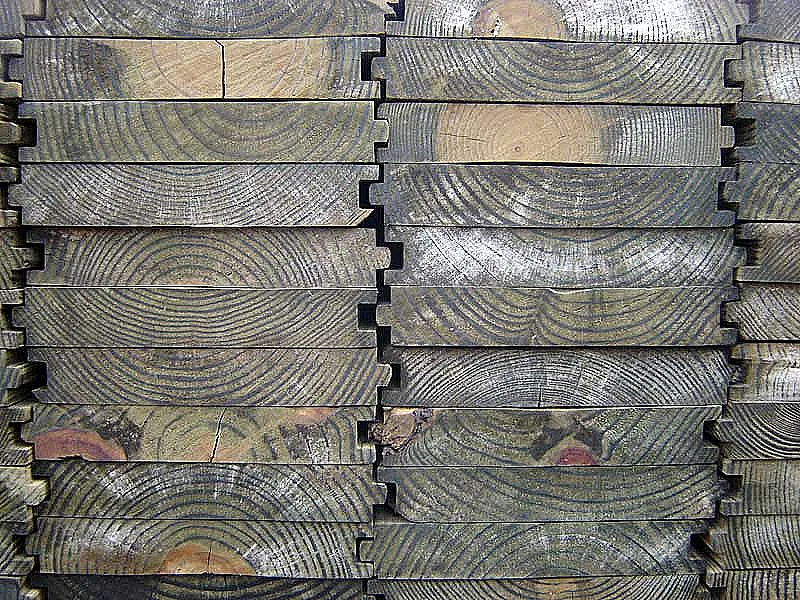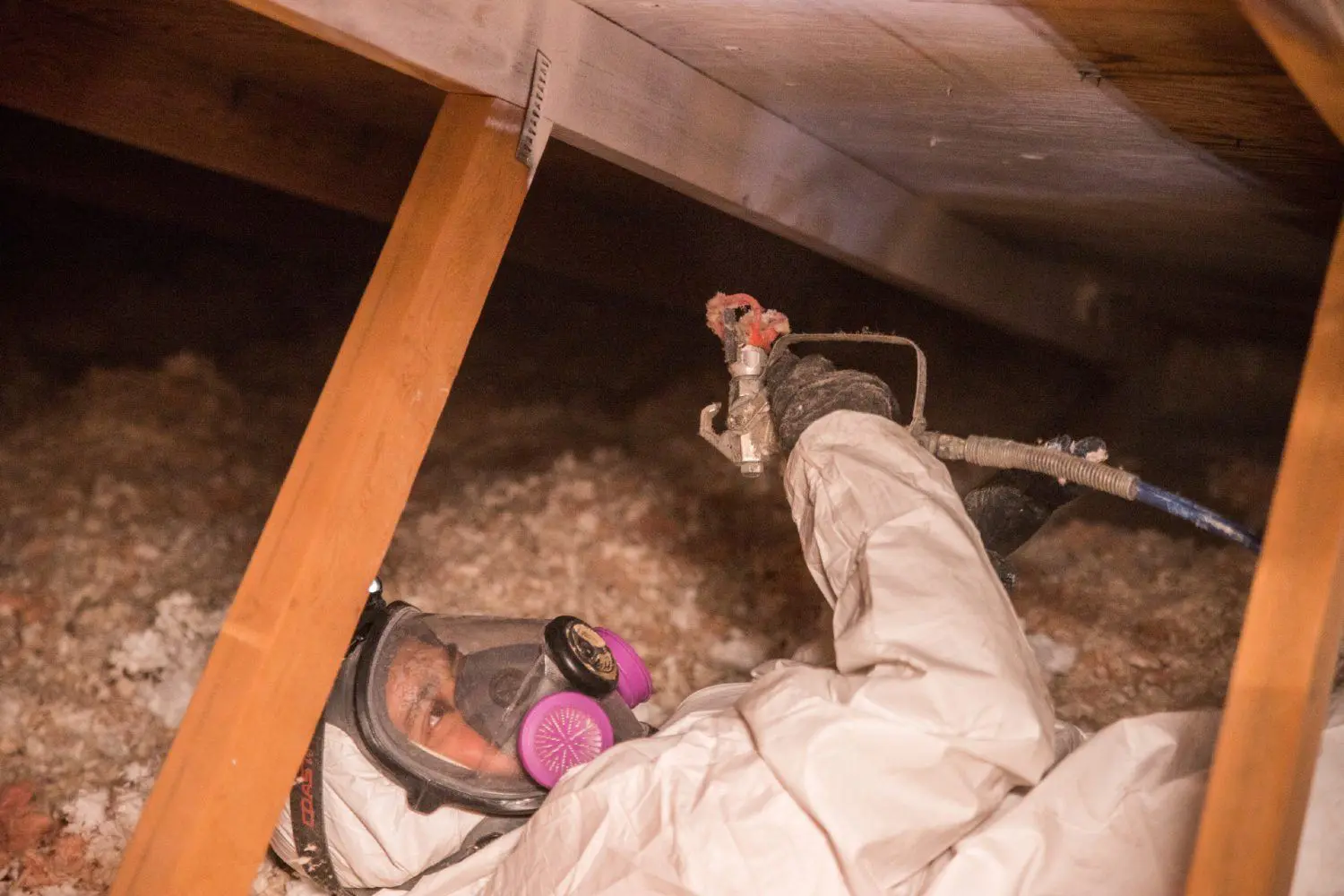By Walsh Crawl Space | Published on January 9, 2025
Understanding the differences between wood types is crucial for maintaining a safe and durable home. This guide explores the unique properties of dry wood, pressure-treated wood, and moldy damp wood, providing insight into their uses and challenges.

A closer look at the distinctions between wood types in different conditions.
Dry wood is a natural and untreated material commonly used for furniture, flooring, and construction. It is lightweight, easy to work with, and versatile. However, its vulnerability to environmental factors, such as humidity and pests, can make it less durable without proper maintenance. Sealing and periodic inspections are essential to preserve its longevity.
Pressure-treated wood is chemically infused to resist decay, insects, and moisture. This makes it ideal for outdoor structures like decks, fences, and landscaping. While durable, it requires careful handling and proper disposal due to the chemicals used in its treatment. Regular sealing can further protect treated wood from wear.
When wood is exposed to constant moisture, it can become damp and develop mold. This condition compromises its structural integrity and poses health risks due to mold spores. Identifying and addressing moisture issues promptly is critical to prevent extensive damage. Mold remediation and proper ventilation are vital steps in safeguarding your home.
Dry wood requires a controlled environment to remain in good condition, whereas pressure-treated wood offers enhanced durability for challenging settings. Moldy damp wood, however, should be addressed immediately to prevent further deterioration. A balanced approach using the right wood type for the right application ensures safety and efficiency.

Walsh Crawl Space: Need help with mold prevention or treatment? Our team offers expert solutions to keep your wood structures safe and sound. Contact us today for more details.